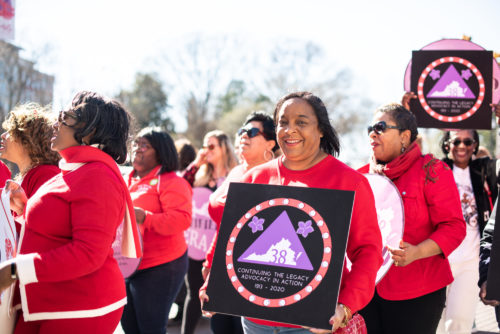“Will this help women get paid more equally?”
- Presumably, yes. We should also expect to see increased gender equity on Boards of Directors (source, Society for Human Resource Management).
- Women lose over $400,000 over the course of a 40-year career compared to men. In comparison to the average pay of White men, the pay gap for women is as follows (source, Equal Pay Today):
- White women – 74 cents (Equal Pay Day: March 12th)
- Black women – 66 (Equal Pay Day: July 9th)
- Asian American, Native Hawai’ian or other Pacific Islander women – 93 (Equal Pay Day: April 3rd)
- America Indian or Alaskan Native women – 55 (Equal Pay Day: November 21st)
- Latina women – 52 (Equal Pay Day: October 3rd)
- LGBTQIA+- not enough data exists to determine a wage gap. June 13th is the recognized day to call for action.
- Women are much more likely than men (61% vs. 37%) to say a major reason for the pay gap is that employers treat women differently. And while 45% of women say a major factor is that women make different choices about how to balance work and family, men are slightly less likely to hold that view. (source, Pew Research Center)
- At the current rate of progress the pay gap is not expected to close until 2088 (source, AAUW).
- Women with a certificate degree earned 71.2 cents for every dollar earned by men with a certificate degree. In other words, the gap was 28.8%. For graduates of the most selective bachelor’s institutions, as defined by the Barron’s Admissions Competitiveness Index, the gap was 28.4%. (source, U.S. Census Bureau)
- The United States has two pay equity laws, the Equal Pay Act of 1963 and the Lily Ledbetter Fair Pay Act of 2009. The 28th Amendment (Equal Rights) would underpin these laws in the Constitution.
- Women lose over $400,000 over the course of a 40-year career compared to men. In comparison to the average pay of White men, the pay gap for women is as follows (source, Equal Pay Today):

- Fields that are traditionally dominated by women are paid far less than the value they represent to society (childcare, education, elder care, and nursing come to mind). Furthermore, when the number of women in a particular field increases the average pay has been shown to decrease. (source, The Department of Labor)
- In the United States, women tend to be paid less than men working in the same occupation. Women represent 86% of registered nurses and are paid 89.4% of what their male peers earn. (source, Department of Labor)
- Due to the widespread low wages, more than 53% of women child care workers live below the poverty line and over half receive rely on some form of public assistance including the Supplemental Nutritional Assistance Program (formerly known as food stamps), the Temporary Assistance for Needy Families program, the Earned Income Tax Credit, Medicaid. (source, Center for American Progress)
- Women who out-earn their male spouses undertake more unpaid labor such as childcare and housework (source, Pew Research Center)
- When the 28th Amendment becomes enforceable, a few key things will occur:
- Congress’ legislative capacity to write laws to protect against gender discrimination will be enhanced.
- Someone experiencing gender discrimination will be more likely to win should (s)he take the case to court.
- New court challenges will be possible to a variety of discriminatory scenarios.
- For more information / details, check the FAQ “What Changes”
- Many corporations support adding the 28th Amendment. For a full listing, check the FAQ “Who Supports”

ADDITIONAL FAQs

































